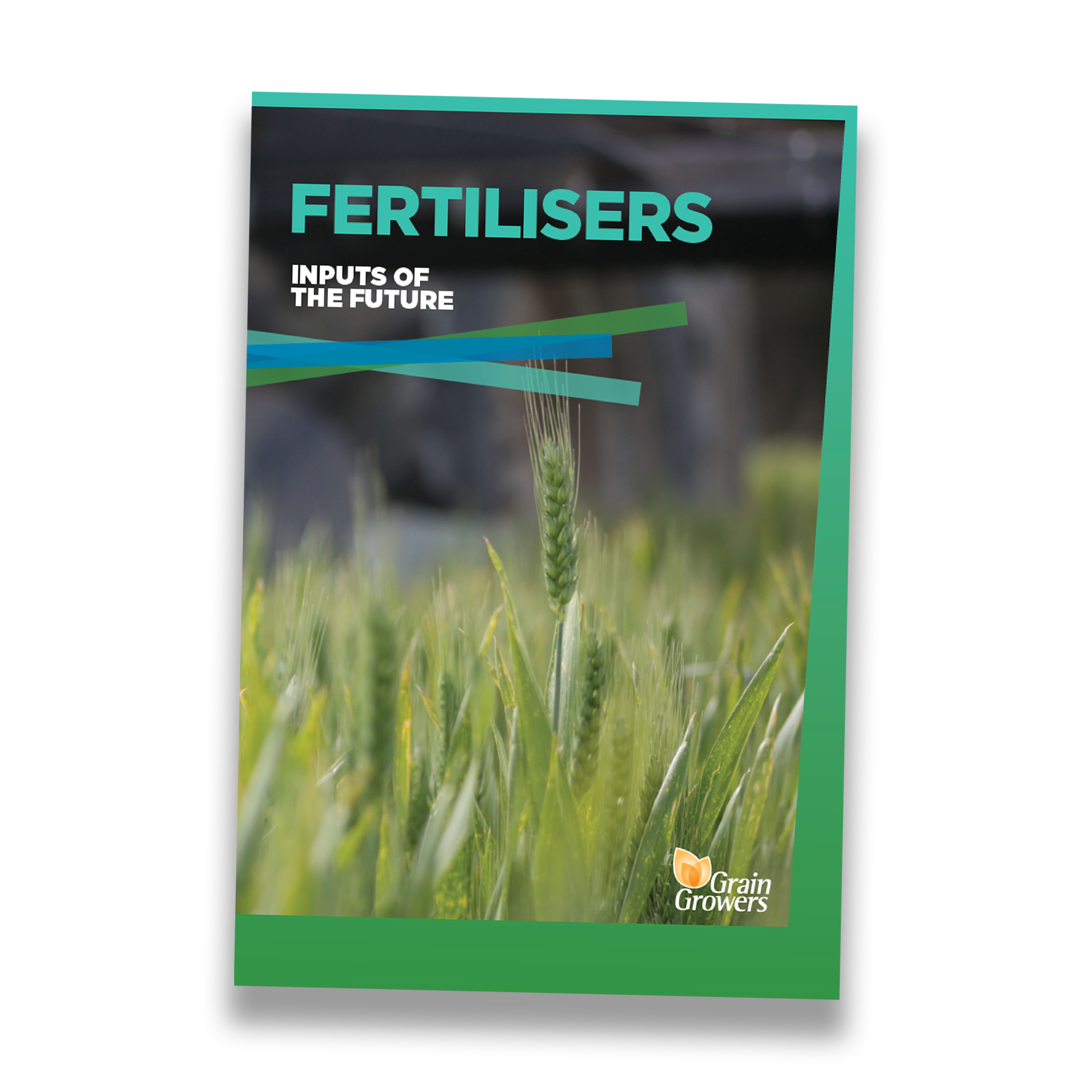Strategic application of fertilisers is crucial to any farm business. However, a recent, although temporary, shortage of Urea on the domestic front has underscored the paramount importance of not only fertilisers but all agricultural inputs. Without a steady supply of inputs, encompassing fertilisers, seeds, fuel, chemicals, and a dedicated workforce, the agricultural sector's viability is compromised.
Considering these challenges, an Inputs Roundtable convened by GrainGrowers earlier this year has garnered significant attention. The event included key stakeholders, including Senator Murray Watt, the Minister for Agriculture, along with industry leaders and government representatives. In the aftermath of the roundtable, GrainGrowers is set to release a series of comprehensive reports that delve into specific aspects of farm inputs, designed to benefit a wide spectrum of stakeholders, from farmers and industry players to policymakers.
This inaugural edition of the Inputs of the Future series explores ‘the big three’ fertilisers – nitrogen (N), phosphorus (P), and potassium (K). Each of these inputs is considered from various angles, with the aim of simply explaining a very complex area in terms of science and market dynamics.
It examines the current use of these inputs but also casts a forward glance at potential emerging technologies. By assessing the future viability of these technologies against existing practices within a five-year timeframe, the aim is to understand their potential to replace the status quo.
Australia's increasing reliance on fertiliser imports, particularly nitrogen-based variants, has become a subject of concern. However, promising technologies and projects are on the horizon, presenting an opportunity to potentially diminish this dependence. Realising this vision necessitates a delicate balancing act within government policies, aiming to transition towards lower-emission domestic capabilities while acknowledging existing gaps in availability and production costs, particularly in the case of Urea.
The current dilemma lies in the fact that domestic fertiliser producers face international competitors with relatively low barriers to entry and simultaneously, contend with higher energy and labour costs compared to global standards. This combination creates hurdles for substantial investments in domestic production, highlighting the significance of well-designed government support mechanisms. Any new initiatives must also be resilient enough to endure market fluctuations and global competition, securing value propositions for both farmers and investors.
GrainGrowers has championed this comprehensive report to the government, shedding light on numerous opportunities for bolstering domestic input manufacturing. The insights shared in this report could eventually contribute to strengthening Australia's supply chains, leading to enhanced agricultural resilience. Additionally, this shift could foster job creation on home soil, effectively reducing the cost burden of inputs for growers

